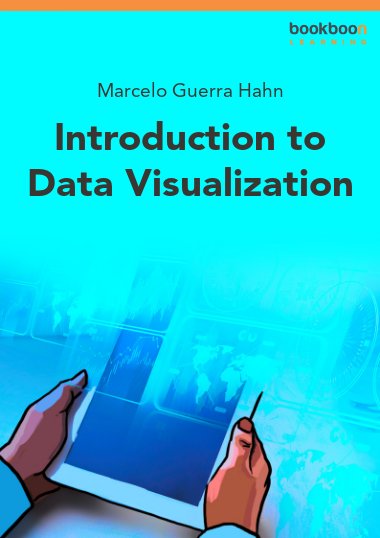The ability to produce visualizations has become critical, increasingly sought-after. Data visualization simplifies the process of analyzing data by presenting it in a format that's easier for human brains to understand. Since our eyes are more drawn to colors and patterns than words and numbers, this tool helps communicate information much faster and efficiently using graphical representations such as charts, tables, and maps. Data visualization is a helpful tool for every field in which data plays an important role: industries ranging from marketing to finance to tech.
About the Author
Marcelo Guerra Hahn currently leads the engineering team at SoundCommerce, a 15M Series A startup working on data analysis for e-commerce. With over 15 years of experience in data analysis and software development, Marcelo continues to work on what he's most passionate about, helping people see and understand data. Before joining SoundCommerce, he worked for Tableau and Microsoft. He holds a master's in computer science from Universidad de la República, an MBA and master's in applied mathematics from the University of Washington, and a master's in applied statistics from Texas A&M University.

